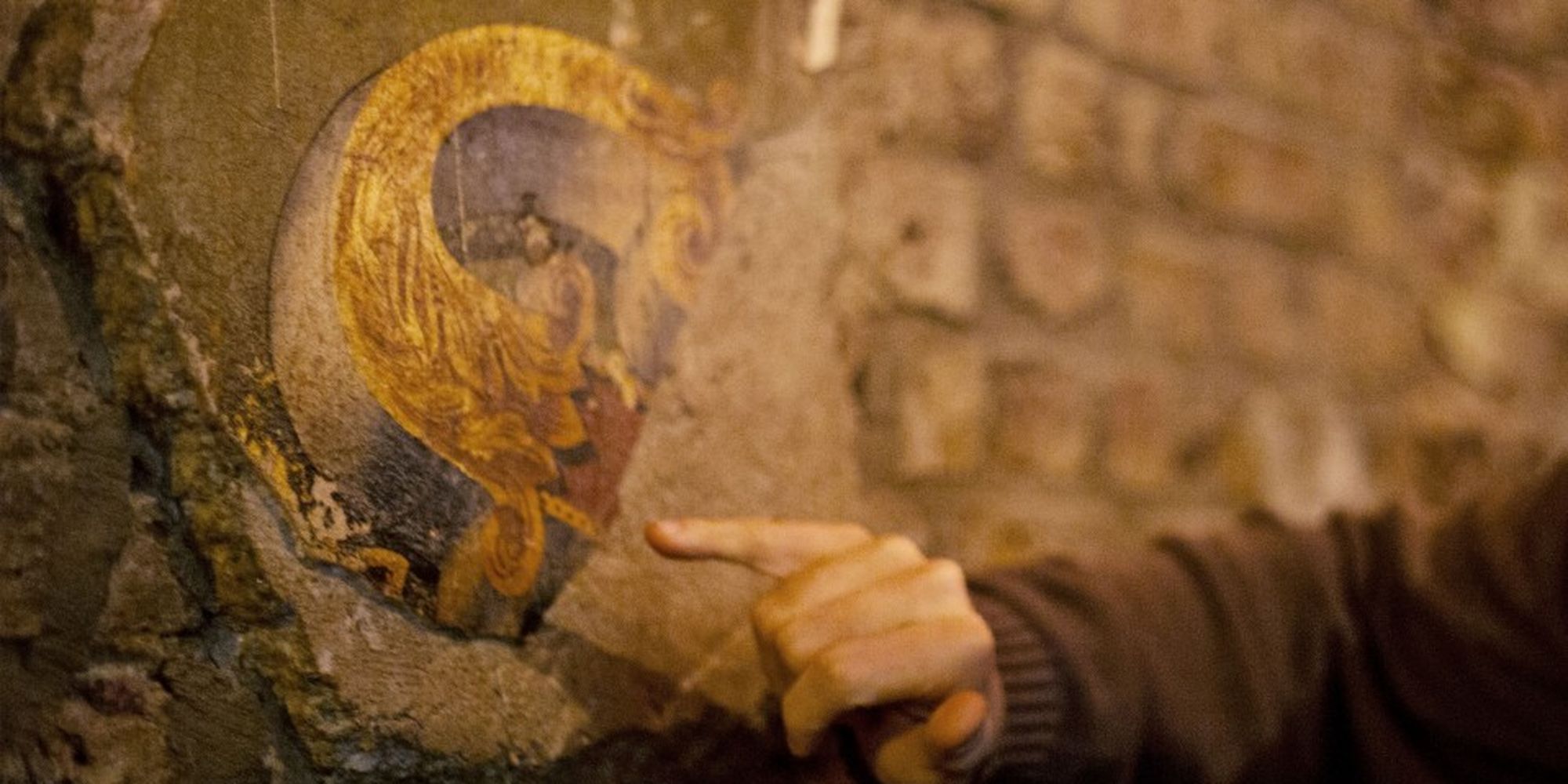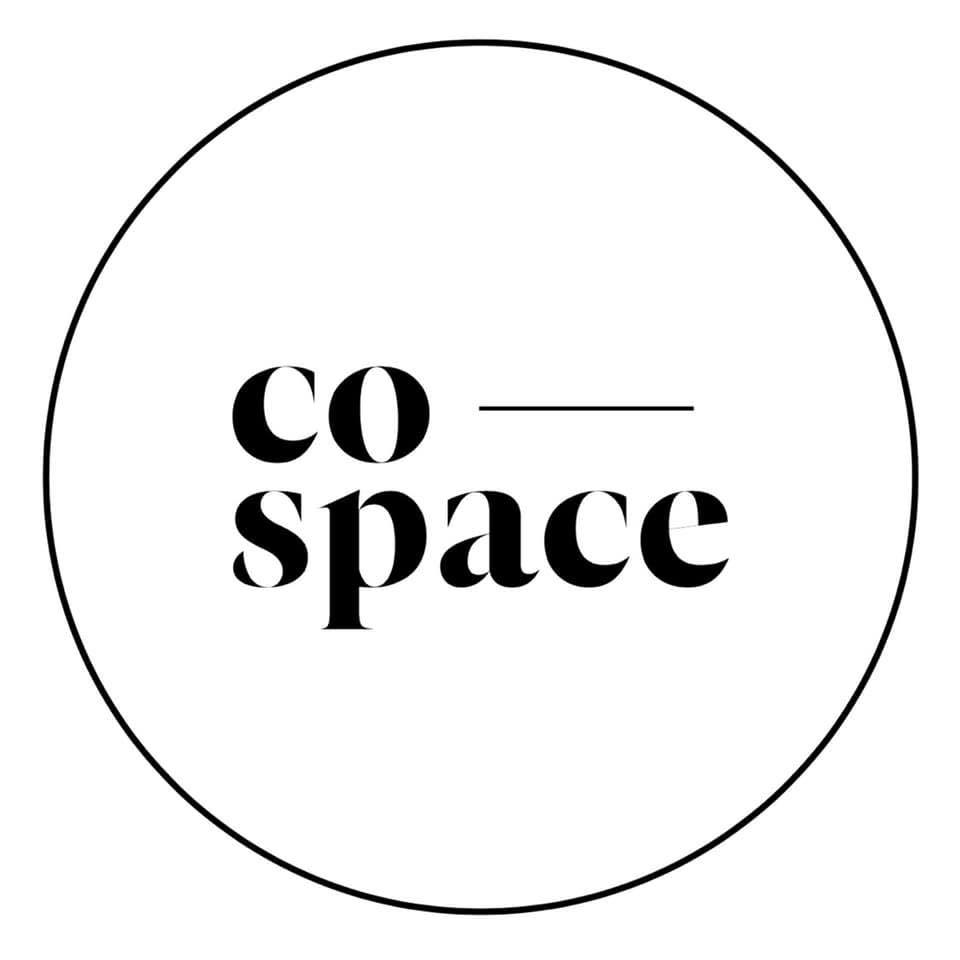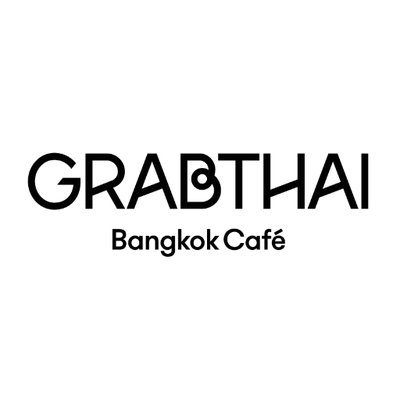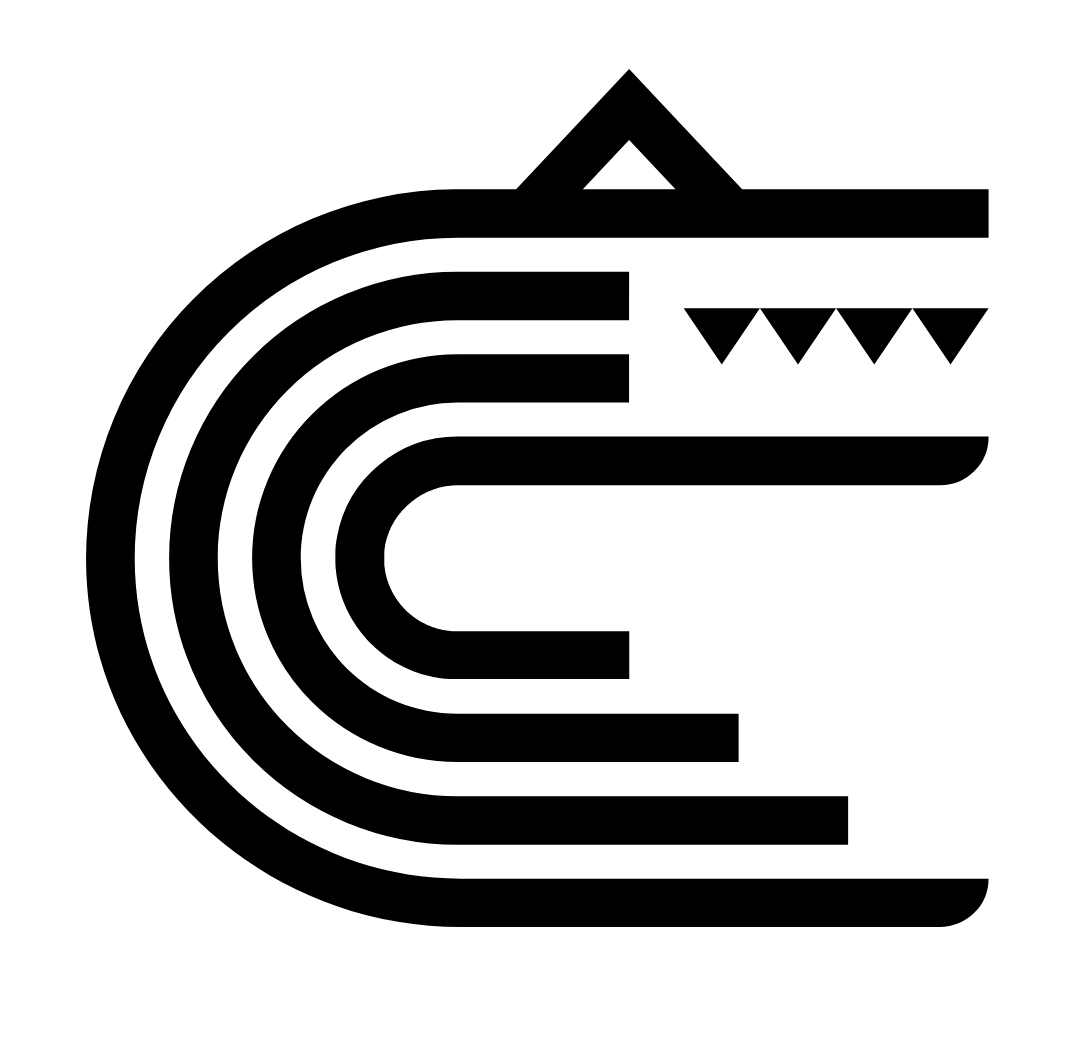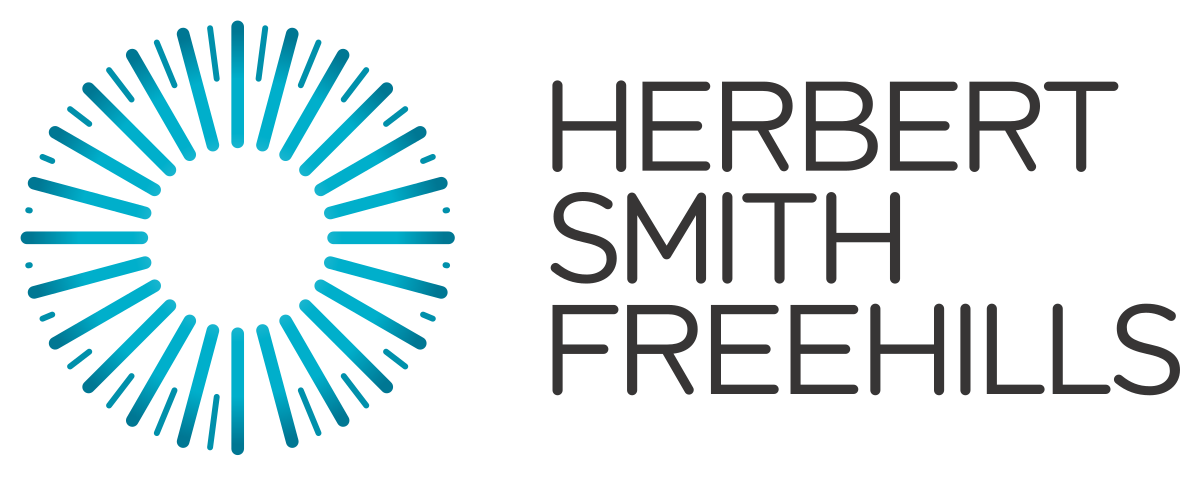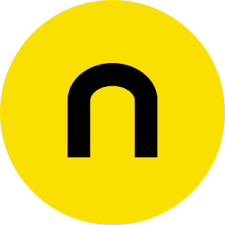Sam Roberts On Ghost Signs
Sam Roberts chronicles our artisanal DNA and commercial ancestry by scouring brick and mortar for ghost signs, everywhere from his hometown of Stoke Newington in London to Australia, Vietnam and Bangladesh.

Walls are full of hand painted portals into the past – slogans and branding promoting vintage businesses gone bust or still booming, in the personal typographic styles of craftsmen lost. In 2007, Sam Roberts began traversing East London and travelling from continent to continent to shoot amateur stills of these remnants just for fun. And in 2010, what started out as a hobby turned into a serious collaboration with the History of Advertising Trust. He casually rang Rank Hovis to sponsor the initiative, as the flour miller is a recurring feature of Britain’s contemporary archaeology – the phone call was a success.
Curating a national photographic archive of signs from over a thousand locations across the UK and Ireland, Sam catalogued entries sent in from over two hundred obliging contributors. Since then he’s become a behind-the-scenes advisor, stepping into the shadows as the project launched with press coverage from The One Show, BBC, The Guardian and more specialist publications like Design Week and Ultrabold, back when it was on paper.
He still builds on his vast personal collection. As the signs fade into a forgotten lifetime, his images aim to help a new generation remember and recreate. Peeling back the flaking coats of paint in the hope of uncovering a story, he spends hours researching in archives to track down narratives that resonate.
He explains how he became a ‘letterhead’:
Tell me a bit about yourself?
I’m a Londoner, born in Camden, raised in Hackney, went to school in Islington, and live in Stoke Newington. I was in the advertising business – and I always think that’s probably what put me on the right frequency to do this. You have to be tuned in – as soon as you are, signs start popping up all over.
What’s the first sign you noticed, and what compelled you to seek others?
It was an amazing sign on Stoke Newington Church Street that said ‘Fount Pens Repaired’ – that was really interesting because people don’t even get their computers repaired these days. I emailed people with some photos and loads of people wrote back saying ‘You’ve got to go down to the Bovril one in Brixton’ and ‘There’s one in my granddad’s village’.
Why is it important to tell the stories behind these signs?
The initial reason was to document them before they get lost for whatever reason – they’re going to fade away because of the sun or the buildings will get knocked down. My collection has loads of examples of signs that are not there anymore – to the point I used to do RIPs on my website. But now I want to keep that actual tradition alive rather than get hung up on the history – I’d much rather see new signs and apprentices being taken on. We’re in this digital age where everything is perfectly, mechanically, digitally reproduced and what people actually want is the humanity of a handcrafted object – when you see a sign you connect directly with the person who created it.

Can you tell me about an interesting sign you’ve come across recently?
That pub on the corner at 120 Bethnal Green Road. It’s now called Casa Blue, but it was a pub called Flower Pot between 1800 and 1920. Inside there is a tantalising fragment, a glimpse of the old pub, an intricate sign where you can see an ‘e’ and an ‘s’ together in a sentence and then a capital ‘s’ underneath on the next line. My theory is it would have said ‘Beers, Wines and Spirits’.
What’s amazing about it is the coincidences. It was a pub then and is a pub now. It was a clothes store post-1920, and it was a clothes store selling leather goods up until 2006. Casa Blue’s new front sign is very Victorian in style, resembling the ghost sign inside, which was uncovered after it went up. It’s just uncanny.
What’s the best place to see ghost signs?
Bath. It’s all Grade I listed, so no one can do anything to any building there – there are whole signs almost untouched. And all the old industrial towns like Leeds, Birmingham and Manchester.
Who are you inspired by?
Bob & Roberta Smith – he worked a lot with lettering in collaboration with a barbers, an electrical shop and a fish shop for a protest against supermarkets called SHOP LOCAL, done in Hoxton’s PEER Gallery in 2006. He’s found a really strong social and political message within signs.
Also, NASA imaging expert, Dr. Ken Jones- he took hundreds of photos of the lunar landscape in the 70s and put it into a mosaic to create like an old school panorama. He’s retired now, so he’s doing the same with ghost signs, using immensely complex algorithms and software to stitch different angles together in a way that wipes out any obstructions that existed in the original landscape.
And Emmanuel Nouaillier. I mean I’m weird, but he goes out into a village where there are ghost signs, takes loads of photos of the street scene, completely recreates the village in miniature – 1:20 or 1:40 scale – in his studio, including painting the ghost signs immaculately with a little tiny brush, only to take photos of his models in actual daylight to make them unbelievably super real, and sells the prints!
To find out more about Sam Roberts’ work at Ghost Signs, where you’ll find his walking tours – we’ve been on one, they’re really good. And check out his self-published book on Cambodian signs, Hand-Painted Signs of Kratie.
This article first featured in Huck Magazine, issue 42, and has been abridged and updated by the author for Glyphics. Photos © Teresa Madeline.

